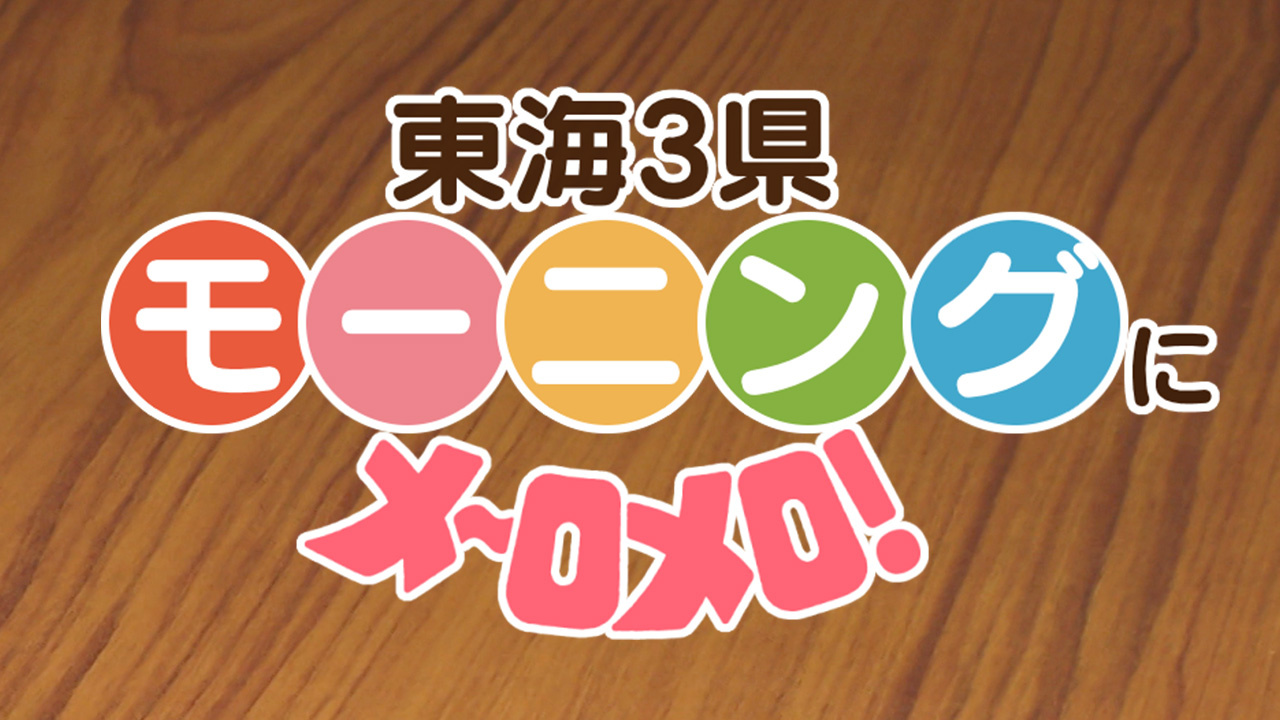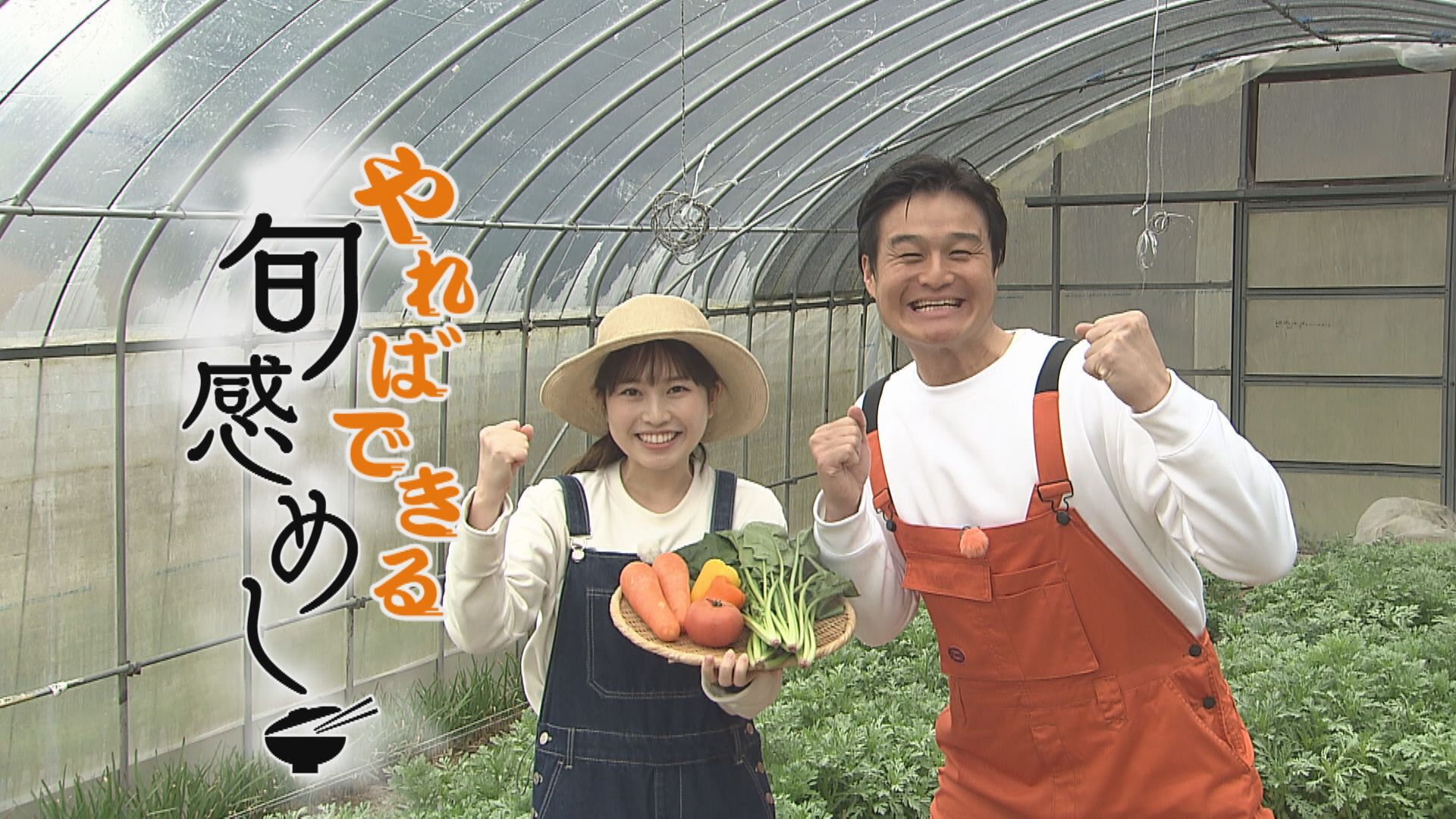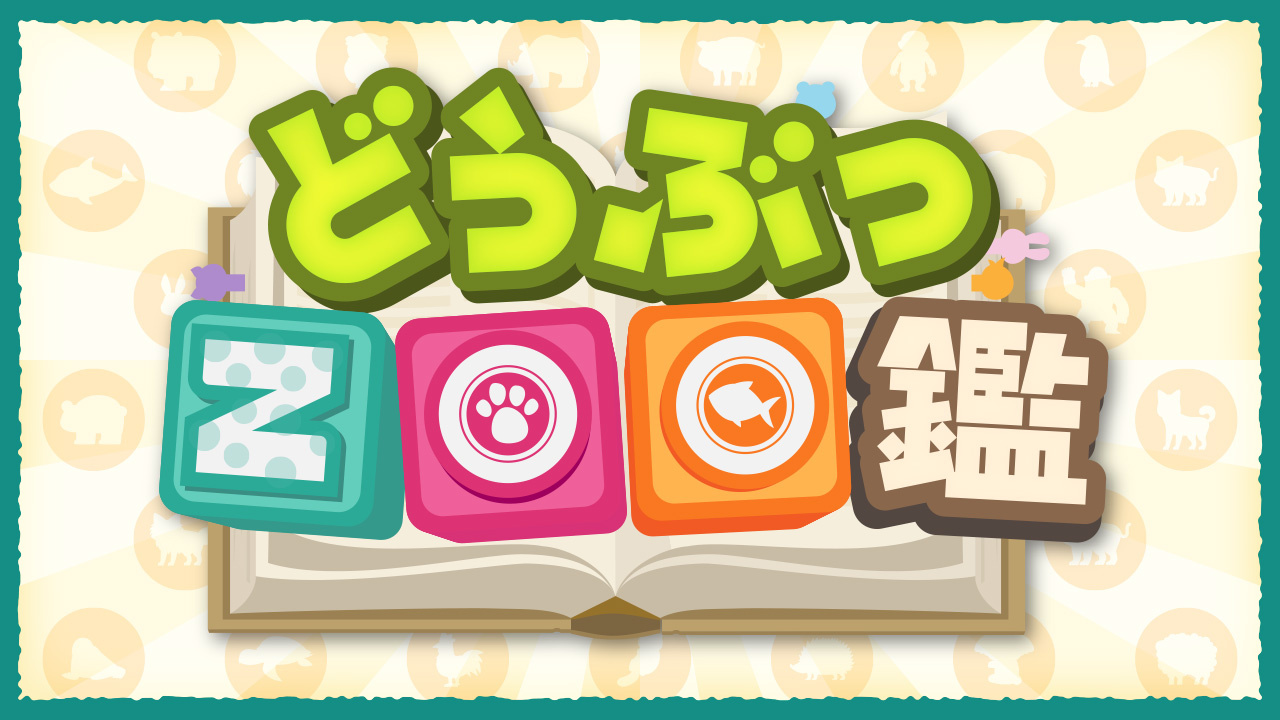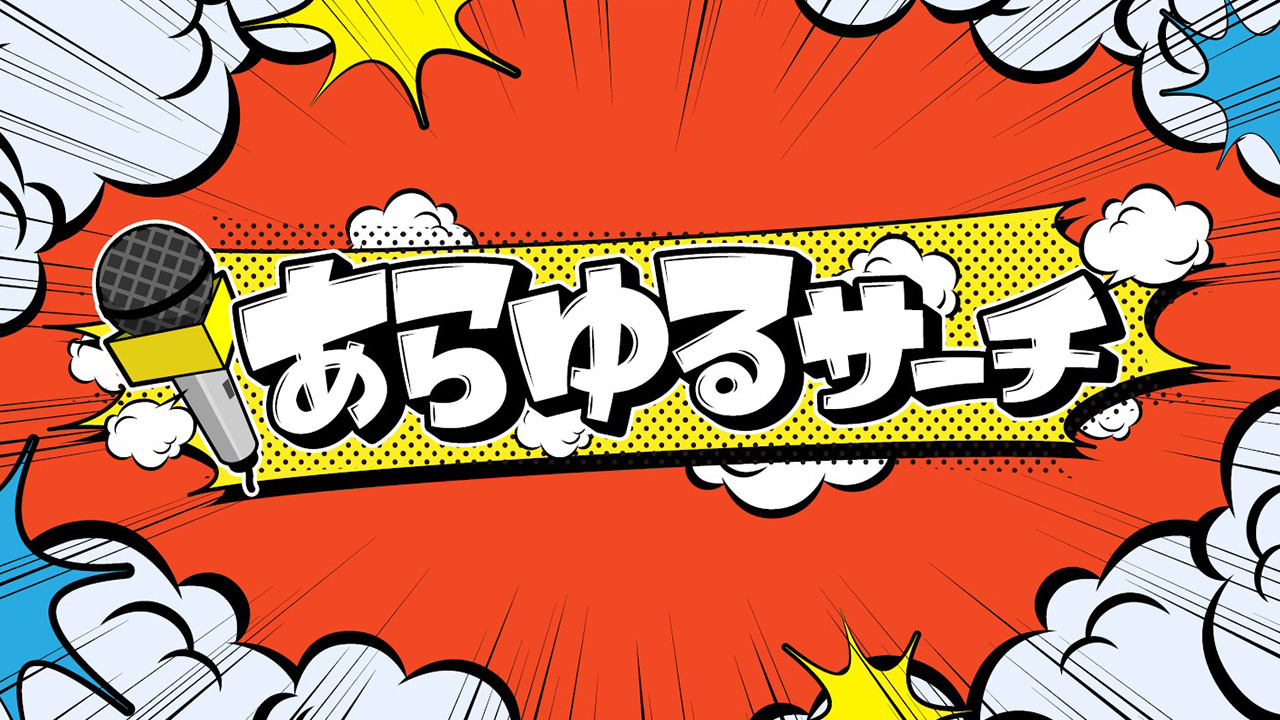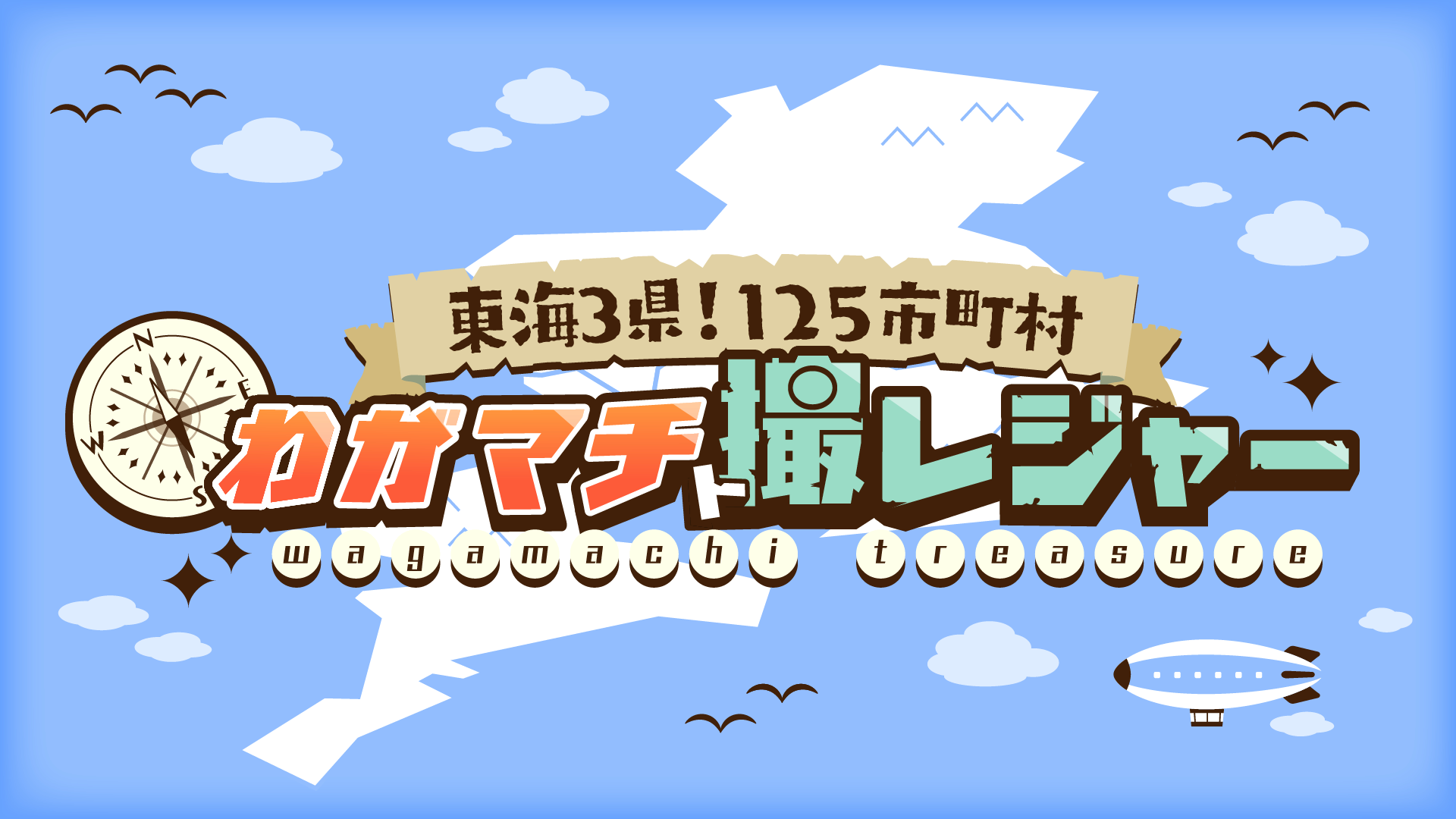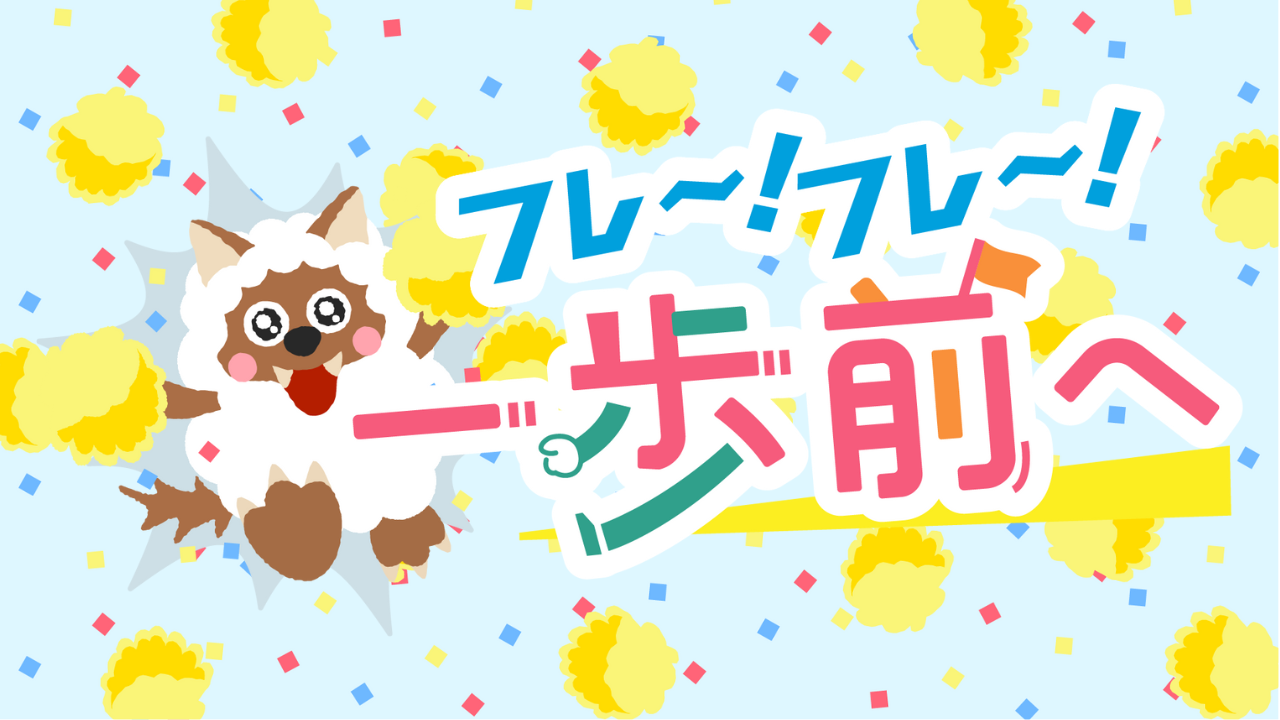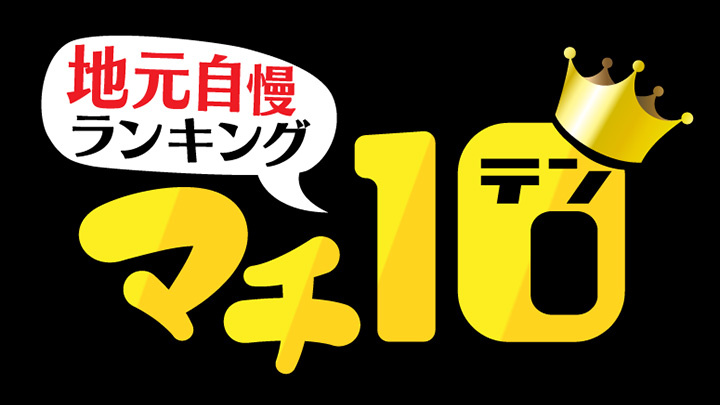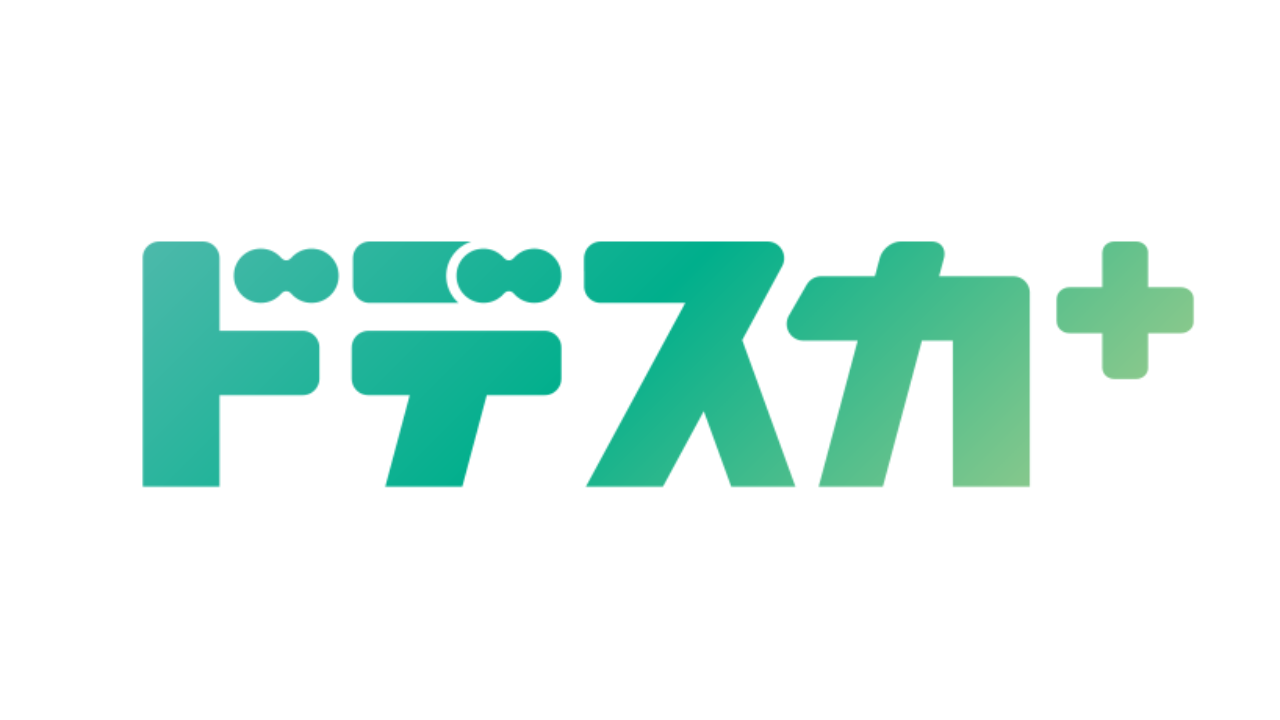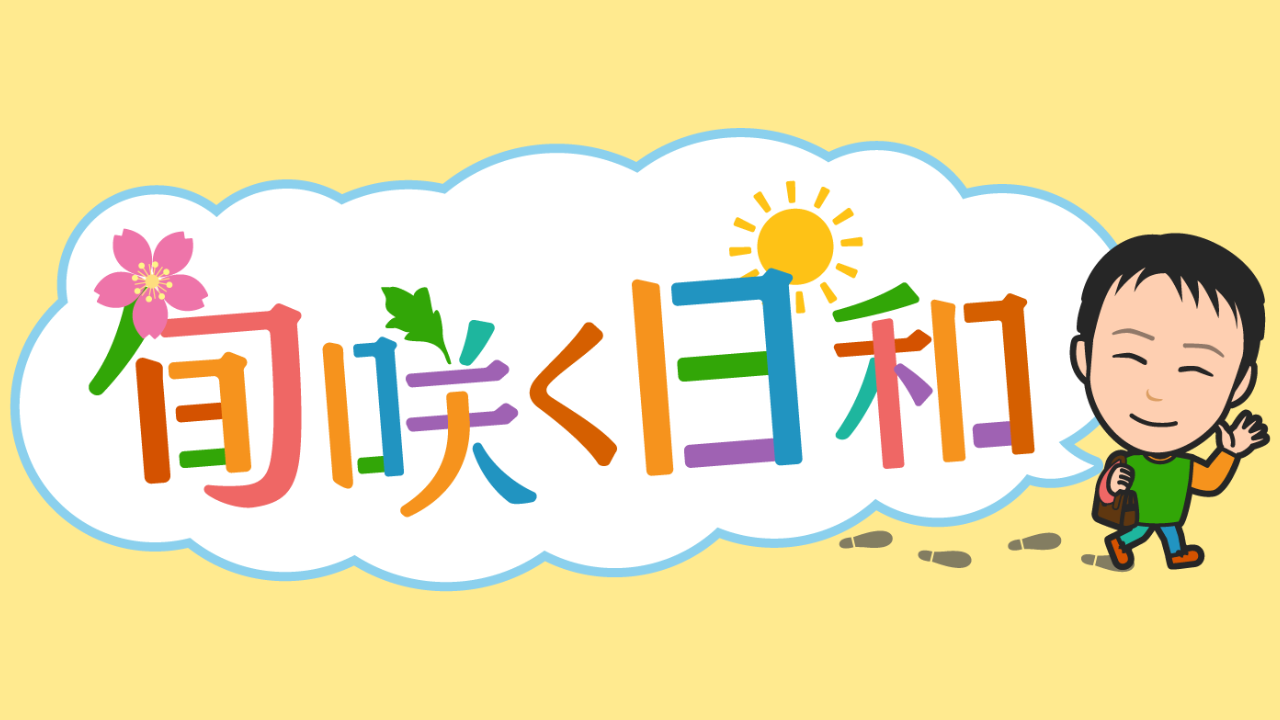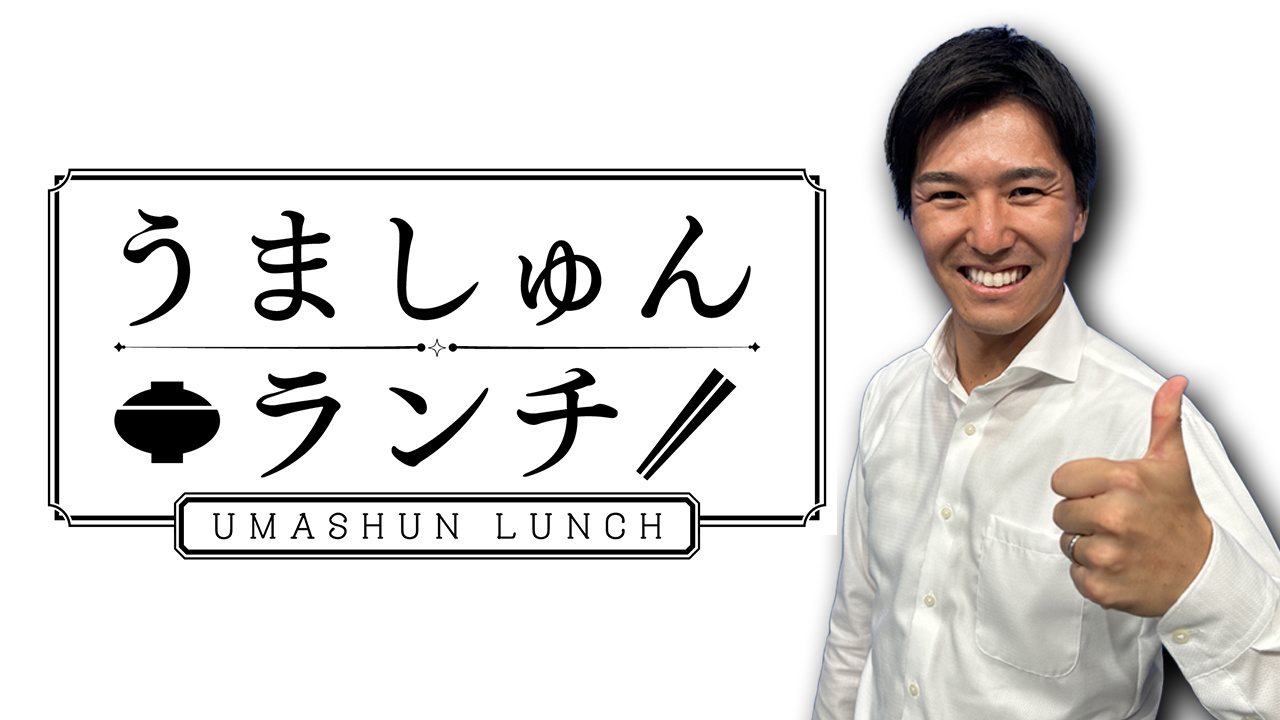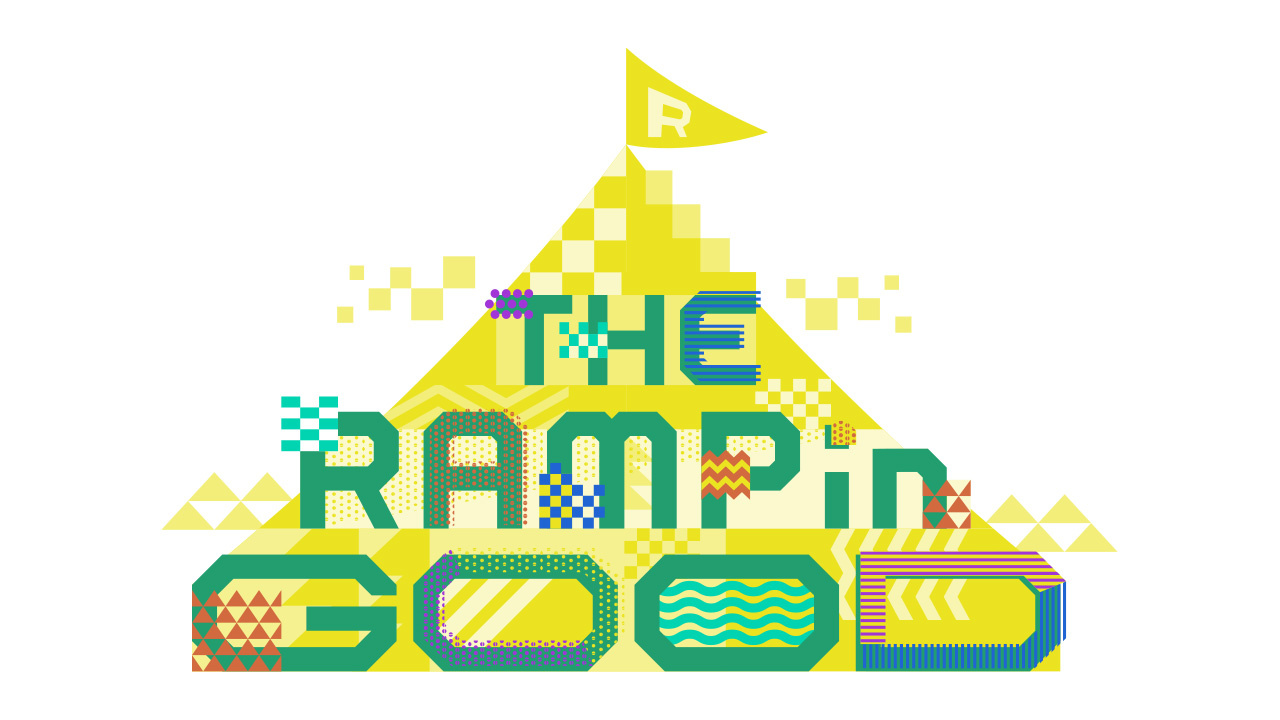作品一覧 変わりもの
Eccentric Characters

五節句ノ内 文月 歌川国貞(うたがわくにさだ 1786-1864)
Bon festival dance: from the series "Five seasonal festivals" Utagawa, Kunisada (1786-1864)
盆踊りの様を描くものである。人物の手から手へと、リズム感よく動きが伝わる。連続画面の特性を存分に利用した佳作である。
A depiction of the Bon Festival dance. The rhythm and movements from each person's hands to the next person's hands are well portrayed. It is a beautiful piece that has utilized the consecutive frame format to its full potential.

月日貝あたる友引 歌川国芳(うたがわくによし 1797-1861)
Fan print of a beauty Utagawa, Kuniyoshi (1797-1861)
団扇の形に刷られた浮世絵版画は、このまま切り取って団扇として使うことができた。国芳の描く女性は庶民的な趣にあふれ、好感がもてる。
Ukiyo-e prints, such as this one, that were carved into the shape of a fan, could be cut out and then used as a fan. Kuniyoshi's folksy depictions of women were very personable.

新板七変化 三階伊達の姿見(三世市川八百蔵) 葛飾北斎(かつしかほくさい ?-1849)
Actor paper dolls, Ichikawa Yaozo II Katsushika, Hokusai (?-1849)
人気役者の着せ替え人形になっている。おもちゃ絵の一種。浮世絵版画は見るだけではなくこんな楽しみ方も提供してもくれた。若き北斎の作。
These are paper dolls of a popular actor. It is a kind of toy print. Ukiyo-e prints were not always only for visual enjoyment, but some provided this kind of enjoyment as well. It is the work of young Hokusai.

鏡中絵(2) 桜寧斎(おうねいさい 生没年不詳)
Mirror painting (2) Ohneisai (date of birth and death are unknown)
そのまま見たらまさに何だこりゃの世界。画面中央の○に、表面を鏡面仕上げにした筒を立て、その筒に映った像を見るという趣向なのである。
It is a world of confusion at first glance. The O in the middle of the frame would be where you would place a cylinder with a mirrored surface, and by looking at the mirror's reflection you would see what the image really looked like.

鏡中絵(5) 桜寧斎(おうねいさい 生没年不詳)
Mirror painting (5) Ohneisai (date of birth and death are unknown)
○ではなく、楕円形の印もあり、そこには刀の鞘(さや)をたてるものもある。こうした趣向の絵を「さや絵」という。
Rather than ○, there are elliptical signs as well, where you would stand up the shiny saya, or scabbard, of the sword. Such prints were known as saya-e, or scabbard prints.

風流おどけ百句 ばばさまのこごと 葛飾北斎(かつしかほくさい ?-1849)
Nagging old woman: from the series "One hundred fashionable riddles" Katsushika, Hokusai (?-1849)
飽きるほど聞いたばあさんの小言は、木魚のように眠気を誘う。「ばばさまの小言とかけて 九月三十日(みそか)ととく 心は 秋はてた」。
Grandmother's tiresomely endless scolding seems to invite drowsiness, just like the monotonous sound of the Buddhist wooden temple bell which lies at the bottom of this print. The riddle is a pun, reading "One of Grandmother's scolds, the thirtieth day of September, Aki (can mean Autumn of boredom) fills the heart."

天狗の夕立・天狗のはなか参り 歌川国芳(うたがわくによし 1797-1861)
Parodies of Tengu, the long-nosed goblins Utagawa, Kuniyoshi (1797-1861)
幕末の奇才国芳は、さまざまな戯画を描いている。戯画は、時代を越えて誰が見ても面白い。鼻の長い空想上の獣である天狗を扱った戯画。
The eccentric genius, Kuniyoshi, who lived during the end of the Edo Period, drew a variety of Giga, or parodical humorous prints. Giga can be enjoyed timelessly by anyone. This Giga has parodied the Tengu, the long-nosed imaginary beasts.

駒くらべ将棋のたはむれ お手にはこのとふり・へたのかんがへ娘 歌川国芳(うたがわくによし 1797-1861)
Parodies of Shogi, Japanese chess Utagawa, Kuniyoshi (1797-1861)
将棋好きにはこたえられない戯画。人間の手と、擬人化された将棋の駒の大きさのコントラストも面白い。
This parodical print must be irresitible for lovers of Shogi, or Japanese chess. The gigantic human hand provides a fascinating contrast with the personified Shogi pieces.

玉兎 月岡芳年(つきおかよしとし 1839-1892)
The rabbit in the moon Tsukioka, Yoshitoshi(1839-1892)
明治の浮世絵師芳年は、歴史画を得意とし、とりわけ特異な超現実的表現が魅力。玉兎は、月から飛び出した兎が踊るという歌舞伎舞踊の一つ。
Yoshitoshi, an Ukiyo-e artist of the Meiji period, excelled in historical prints but above all his extremely realistic depictions were attractive. "The Rabbit in the Moon" is from a Kabuki dance in which a rabbit jumps out from the moon and dances.

嫦娥奔月 月岡芳年(つきおかよしとし 1839-1892)
Joga, the beauty in the moon Tsukioka, Yoshitoshi(1839-1892)
嫦娥(じょうが)は月の中に住むという美人の名。雲の陰影の表現は面白い。「月百姿」は、月にまつわる百の揃物で芳年の代表作である。
Joga is the name of a beautiful woman who is said to live in the moon. The shading of the cloud shadows is fascinating. "One Hundred Views of the Moon" is a series of one hundred compilations associated with the moon, and is Yoshitoshi's masterpiece.




